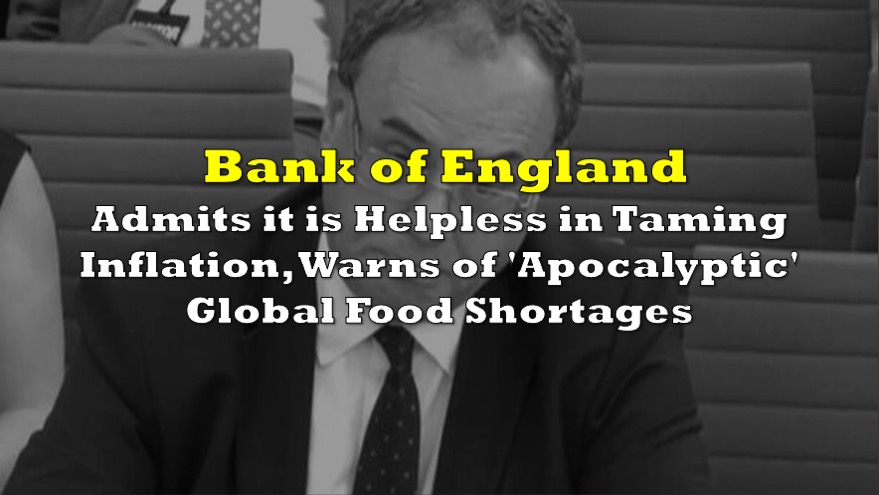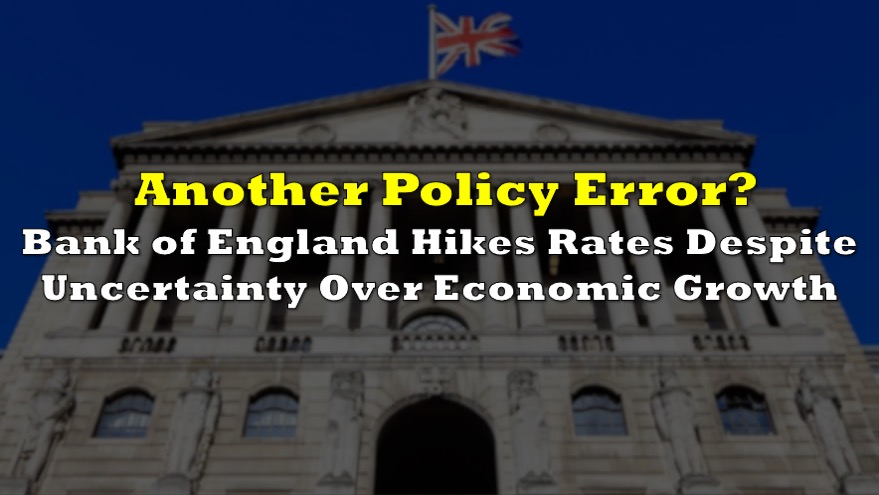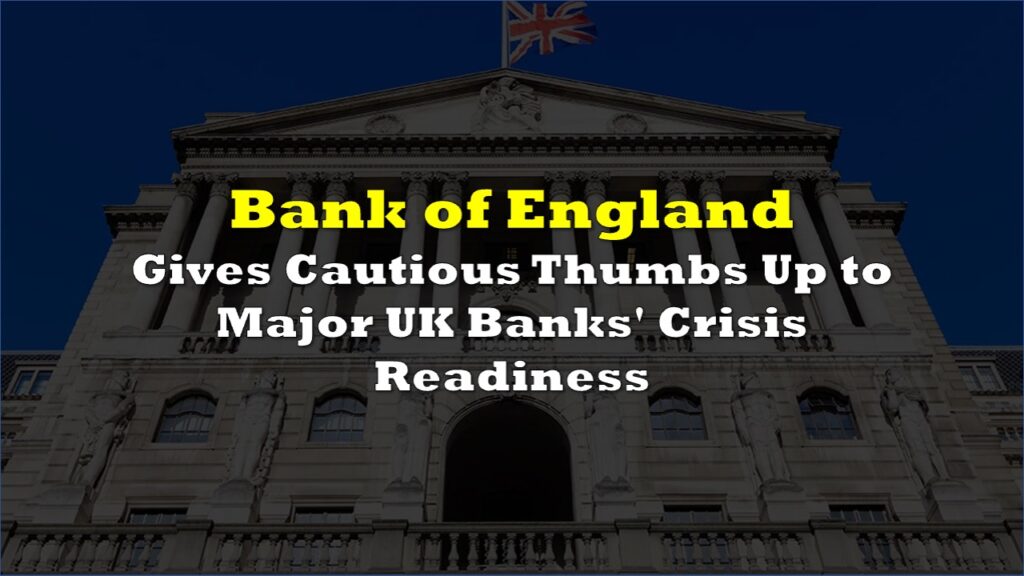The Bank of England will conceal the identities of any pension funds, insurers, or hedge funds that access its new financial stability tool. This measure, announced by Deputy Governor Dave Ramsden, is designed to prevent a wider economic crisis by avoiding the stigma that could deter institutions from seeking needed support.
The tool, named the Contingent Non-Bank Financial Institution Repo Facility (CNRF), will launch in early 2025 following a slight delay. It aims to provide a backstop for the UK’s gilt market during times of extreme stress, offering cash liquidity to institutions in exchange for collateral such as gilts.
“The gilt market is critical to the UK’s financial system due to its scale and interconnectedness,” Ramsden explained, highlighting its importance.
The CNRF was conceived in response to vulnerabilities exposed during the 2022 mini-budget crisis, when liability-driven investment (LDI) funds faced severe liquidity challenges. Designed to activate only in situations where gilt market disruptions threaten financial stability, the tool will ensure resilience beyond the capabilities of standard banking facilities.
To mitigate risks for the BOE, transactions through the CNRF will include a “haircut” on collateral.
Protecting Confidentiality
One of the facility’s most controversial aspects is its policy of confidentiality. Ramsden addressed concerns from institutions, particularly shadow banks, about the stigma associated with using such a tool.
“Publicly disclosing their use of the bailout tool could create a stigma, undermining the effectiveness of the rescue and exacerbating financial instability,” he said.
To address this, the BOE will not reveal the identities of institutions that access the CNRF. Instead, it will release aggregate borrowing data if the facility is activated.
“Stigma was a major concern during the financial crisis,” Ramsden noted, referring to 2008. The reluctance of institutions to use standard BOE liquidity facilities, he argued, stemmed from fears of appearing financially unstable. “We’ve learned from that experience.”
Expanding the Scope
Ramsden emphasized the changing dynamics of the UK financial system, which necessitated tools like the CNRF. Market-based lending now accounts for “56% of the £1.4 trillion ($1.8 trillion) stock of UK corporate debt,” he pointed out. Hedge funds, too, have grown in prominence, now representing 28% of trading volumes in gilt markets, up from 16% in 2018.
This shift, he added, requires the BOE to understand vulnerabilities such as hedge fund leverage and market concentration to mitigate systemic risks effectively.
Initially, the CNRF will focus on insurance companies, life assurers, and LDI funds. However, Ramsden indicated that this is only the beginning.
“We’re starting with these sectors, but it’s certainly not where we’ll stop. Further phases will follow,” he said, hinting at the potential inclusion of hedge funds and other financial entities.
Information for this story was found via Unusual Whales and the sources mentioned. The author has no securities or affiliations related to the organizations discussed. Not a recommendation to buy or sell. Always do additional research and consult a professional before purchasing a security. The author holds no licenses.









